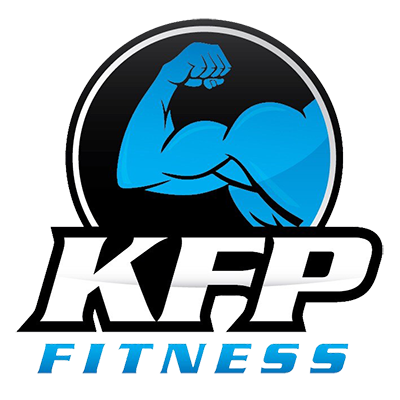
Part 3: Energy Balance
When it comes to energy balance this could possibly be the most important aspect of setting up a nutrition plan.
One side of this equation we have Total Daily Energy Expenditure. (TDEE) This is the amount of calories we burn throughout the day, and is made up of a few different components.
Total Daily Energy Expenditure (TDEE)
- Exercise Activity Thermogenesis (EAT) Calories burned through planned exercise.
- Thermic Effect of Food (TEF) Calories burned to digest, assimilate and eliminate food.
- Non-Exercise Activity Thermogenesis (NEAT) Calories are burned doing anything that isn’t structured exercise. E.g., parking further away and walking more, standing instead of sitting, fidgeting etc. NEAT makes up one of the largest components of our TDEE.
As shown above these 3 make up what’s called Non-Resting Energy Expenditure (NREE)
We also have Basal Metabolic Rate. (BMR) Which is the minimum number of calories required to sustain life. Because we do this at rest it’s called Resting Energy Expenditure (REE)
On the other side of the equation, we have our Energy Intake, the number of calories that we consume per day.
Consider Individual Goals:
- If both sides of this equation (TDEE & Energy Intake) are the same our body weight will maintain.
- If we consumed less calories then we are burning in a day, or if we increased our EAT or NEAT, or to less extent our TEF. We would see weight loss, Ideally that would come from fat. Although it can sometimes come from lean muscle or tissue, if we’re not careful with how we structure training or structure nutrition.
- If we consumed excess food then our TDEE, that would cause weight gain. Ideally muscle mass but can just as easily be body fat.
This is why we have to be careful with how much we increase calories by or, how much we decrease activity by, and how we’re going about training in and out of the gym.




